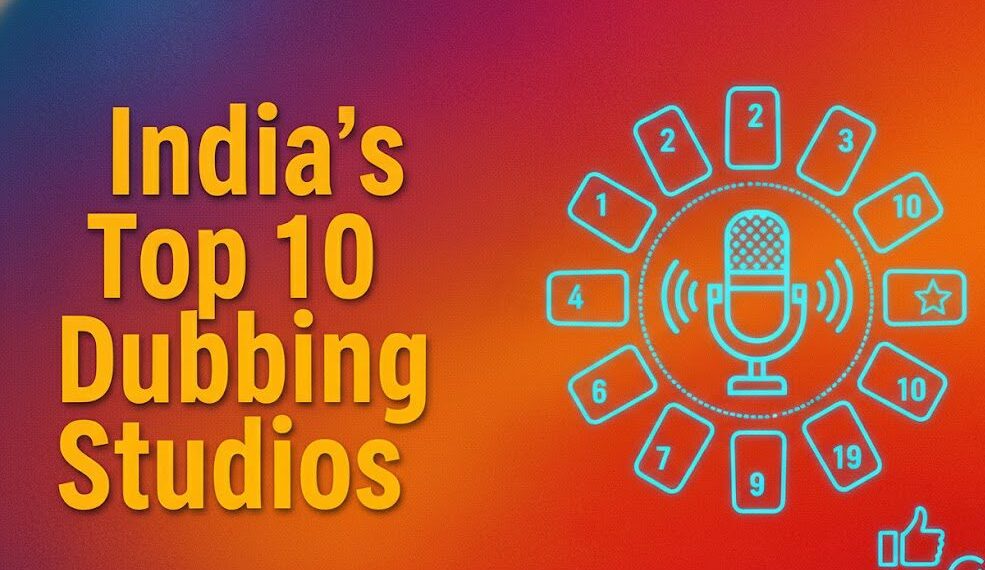Deals, Dead Ends, and What Makes a Pitch Stand Out to an Acquisitions Executive
Monday, 9:17 AM. The inbox shows 212 unread messages. By the end of the week, it will climb to nearly 700.
Somewhere in there might be the next breakout docuseries, a low-budget indie gem, or an international format ripe for adaptation. But between the FYIs, internal fire drills, and “just circling back” notes, the real challenge isn’t finding content—it’s filtering signal from noise.
Welcome to the chaotic, high-stakes world of an acquisitions executive. Here’s what a typical week really looks like—and how to make your pitch rise above the noise.

📥 Monday: The Avalanche
Mondays are a triage operation. Over the weekend, inboxes flood with:
- Unsolicited pitches from producers and sales agents
- Press releases masquerading as personal outreach
- Internal updates on territory rights, legal holds, and deliverables
- Decks and screeners shared via four different platforms (none of them synced)
What Gets Opened First?
- Subject lines with territory or genre clarity (e.g. “New Nordic Crime Series – Seeking EU Sales”)
- Reps with a known track record
- Brief intros with logline + USP in 3 lines or less
- Content with available screeners and viewing links upfront
📊 Tuesday: The Data Day
By Tuesday, it’s time to sync with the research and programming teams.
- Which genres are overperforming by region?
- Where are we over-indexed or underexposed?
- How did last week’s acquisition perform in the test region?
This is where intuition meets analytics. A show might “feel right,” but if it doesn’t fit the platform’s audience heatmaps or release pipeline, it’s a hard pass.
Pro Tip for Creators:
Link your content pitch to audience trends or performance data if available. “This drama over-indexes with 18-24s in LATAM” lands better than “This is a story I’m passionate about.”
🧩 Wednesday: The Puzzle Pieces
Midweek meetings are about catalog gaps and territory overlap. Acquisitions isn’t just about greenlighting content—it’s about solving for missing pieces:
- Do we have a strong Turkish drama for Q4?
- Are we lacking female-led unscripted formats in Southeast Asia?
- Did the rights on that award-winning short expire yet?
Sometimes, the “best” content loses to the “best fit” content.
🤝 Thursday: The Dance of Follow-Ups
By Thursday, the inbox is full of follow-up messages—some thoughtful, some desperate, some automated to the point of absurdity.
The Good Follow-Up:
- References previous communication
- Offers something new (e.g. new trailer, updated availability)
- Is polite, short, and well-timed (3–7 days after the first email)
The Bad Follow-Up:
- “Just checking if you saw this?” three times in one week
- Long paragraphs with vague demands
- Forwarding the original pitch again with no added context
🎬 Friday: The Closer
Fridays are for deal reviews, legal handovers, and content tracking. If a title made it to the top of the pile, it’s because:
- The team sees audience + commercial fit
- It’s well-packaged (complete rights, deliverables, known rep)
- There’s a clear, timely release strategy attached
- You made the exec’s life easier—not harder
Some deals are fast. Others simmer for months. But by Friday evening, the inbox resets… and the cycle begins again.
✍️ Final Thoughts: How to Stand Out in the Inbox
If you’re trying to get an acquisitions exec’s attention, here’s what actually works:
✅ Clarity upfront: What is the content, what rights are available, who are you?
✅ Smart subject lines: Be specific. No vague “New Project for You” emails.
✅ Respect their time: Send well-prepared materials, links that work, and a brief pitch
✅ Follow up with purpose: Add value, don’t spam
✅ Build relationships, not just transactions: One good interaction can open doors later
In the end, acquisitions is equal parts instinct, insight, and inbox management. And the best content often comes from the people who understand the executive’s world—before they ever hit “Send.”





































